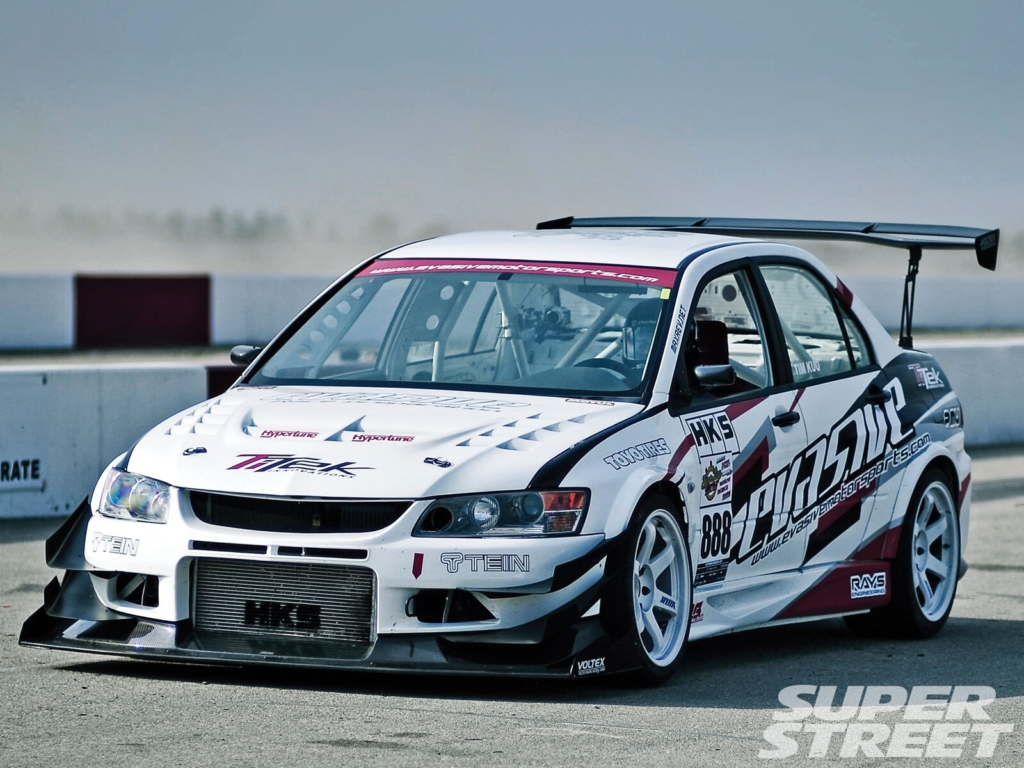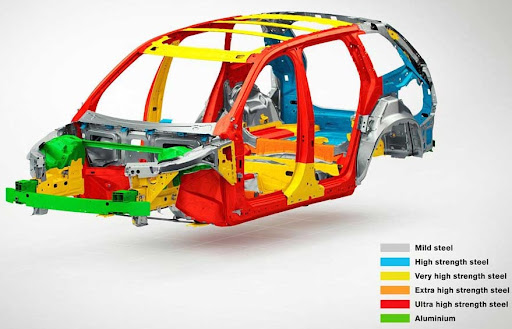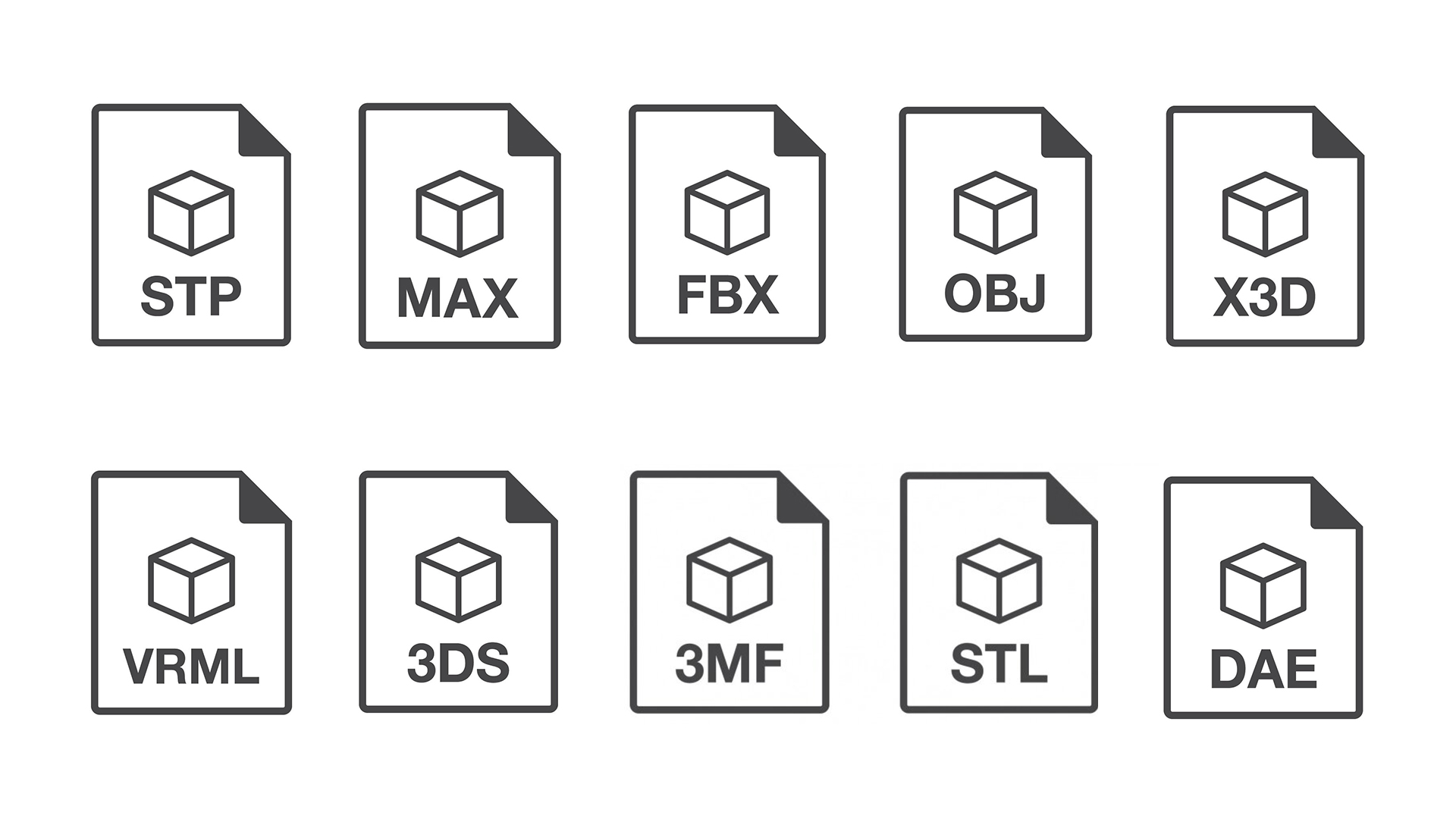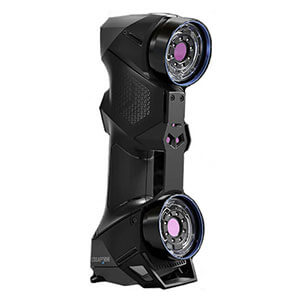Body Kit Materials and Designs – Behind The Design


The look of a wide-body Evo, NSX, or 240 has a “shock-and-awe” effect on the soul as it sizzles the retinas. But beyond the fat fenders and low-slung spoilers lies a science teacher’s nightmare. The building blocks of today’s body kits are full of chemistry-laden formulas. But it boils down to three basic materials:
Fiber-Reinforced Polymer (FRP)
FRP is a composite that is a combination of a polymer matrix and a reinforcing material like fiberglass strands. The type of polymer used can determine the flexibility of the end product. Popular polymer resins include polyester, iso polyester, and vinyl ester.
Polyurethane
In the realm of body kits, polyurethane is produced from ethyl carbamate, a chain of organic compounds and fillers to form a rigid elastomer. Polyurethane and urethane are vastly different materials so don’t confuse them. Polyurethane is injection molded into its final form and is characterized by its highly flexible personality. This can be a challenge to paint, requiring special flex agents in the paint. Repairs are also very tricky but the piece can absorb low-shock impacts and retain its shape.
Carbon-Fiber
There are different types of carbon fiber. The most commonly used in body tuning components is a carbon-fiber-reinforced polymer (CFRP), also known as wet carbon, which is made in the same manner as FRP but instead of using fiberglass strands as the reinforcement entity, carbon-fiber strands are weaved into a fabric that serves as reinforcement.
The weaved carbon-fiber material gives carbon-fiber parts their checkered look and added strength. In most cases, CFRP materials have a laminate structure, providing reinforcing in two perpendicular directions. The polymer combined with the carbon-fiber weave is usually epoxy but polyester, vinyl ester, and nylon can also be used.
On a near-molecular level, carbon fiber consists of extremely thin strong fibers (.005mm to .010 mm). It’s an engineer’s dream come true – a material that’s lighter than aluminum but also pound-for-pound stronger than steel. This makes it ideal for the construction of things like surfboards, 65% of Lexus’ new LF-A, and even aircraft like the Boeing 787 Dreamliner. In reality, carbon fiber is a bit over-engineered for the limited stress seen in body kits.
The big advantages of carbon fiber include its lightweight, high strength-to-weight ratio, high fatigue strength, and how it can be formed into almost any shape. On the minus side of the ledger, we find its high cost.
Some of the other buzz words to decipher before deciding on a body kit have to do with how the parts in question are formed:
Compression Mold
To make an item like a fender, the carbon-fiber weave cloth can be draped or layered into a mold of the fender. Called the compression mold process, the back-side of the mold is secured in place then epoxy is poured into the mold. The piece is cured by heat or ambient air. This is a quick process that is used for high-volume parts but it can be difficult to control the amount of resin used. This method can sometimes lead to horribly fitting parts.
Vacuum Mold
Used for low-volume parts, vacuum-molded pieces can be manufactured by wet lay-up that introduces the two-part resin already mixed or via induction that has the fabric weave placed in the mold and the resin pulled into the piece via suction. The vacuum process allows for a near-perfect image of the mold.
Dry Carbon
Also known as dry lay-up or pre-preg, where the carbon-fiber material is already coated in resin in the proper proportion for the amount of material in question. In pre-impregnated carbon fiber the rolls of material are chilled into a hibernation of sorts. The resin is activated in an autoclave, which is a pressurized oven that heats and cures the resin. With better control of resin, a much lighter part can be made. Also, the high pressure in the autoclave means fewer pinholes/bubbles in the part. The term “dry” has nothing to do with the finish. It’s a description of the process without the use of pouring in epoxy. Dry carbon can come glossy with a clear coat, and wet carbon fiber can be covered in a matte finish. Dry carbon is the most expensive form of carbon fiber and in body kits, the exotic allure is the biggest draw. It’s also lighter than other carbon fiber but usually not enough to justify its exorbitantly high price.
Developing An Eye for Quality
We hit up Seibon Carbon and asked them what they do to lower the cost of carbon-fiber parts? Seibon Carbon’s Marketing Director Michael Macare said it was all about economy of scale and in-house capability. “All raw material is purchased in bulk directly from the manufacturer in large sheets to cut down on wasted material,” said Macare. “As necessary, we also purchase raw carbon-fiber yarn and make the carbon-fiber material ourselves. Some raw material is weaved at our factory for private customers to their specifications.”
We were also curious about the difference between 1×1 twill weave and 2×2 twill weave material? Macare related that both are woven in the same manner but the weave is a different pattern, more diagonal than checkered, and there is no benefit/advantage between the two.
We also inquired about what manufacturing process does Seibon Carbon uses for a hood? What process for a fender? Macare said all products are manufactured using all three processes. Hand laid is for wet carbon. An autoclave is for dry carbon. Vacuum is for both but the process/materials are different.
Last we quizzed Macare about what a buyer should look for when determining the quality of a carbon-fiber part? He said rolled edges are far superior to cut-edge pieces, a uniform clearcoat is also a key to quality and he stressed that UV protection is critical to guard against fading and discoloration. He also said that the piece in question’s weave pattern, or more precisely, its lack of twisted weaves should also be evaluated.
Fit is also a big issue and one that is especially hard to determine from behind your keyboard on the Internet. Even if you can physically look at a piece, like a hood, for instance, it is difficult to know the final outcome until it’s lowered onto the car and you can eye the gaps. One is usually pretty much ‘pot-committed by that point, having already purchased the piece.
Style is in the eye of the beholder. If you’re feelin’ the Evo look, VS, VS-II, B-Mex, Shogun, Wangan, or One Ton, it’s all good; just be sure you know what’s going on behind the design. The materials and production process used in creating a part you are considering will shed light on the quality of the product and make your body tuning experience much more fulfilling.
( Source: https://www.motortrend.com/how-to/sstp-1003-body-kit-materials-and-designs )
PSH Design provides Body kit design service with world-class design quality with German and Japanese design experts. We can provide one-stop service from concept to product. Contact us at RFQ / Free Test Project to further clarify your requirements.




